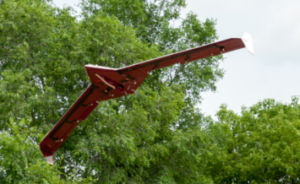Aeroservoelasticity
Research Overview
Modern aircraft designers are adopting light-weight, high aspect ratio wings to take advantage of wing flexibility for increased maneuverability. Those modifications can lead to improved performance and reduced operating cost. However, the high flexibility and significant deformation in flight exhibited by these aircraft increase the interaction between the rigid body and structural dynamics modes, resulting in Body Freedom Flutter. This phenomenon occurs as the aircraft short period mode frequency increases with airspeed and comes close to a wing vibration mode, typically the wing bending mode. This leads to poor handling qualities and may even lead to dynamic instability. Hence, an integrated active approach to flight control, flutter suppression and structural mode attenuation is required to meet the desired handling quality performance for modern flexible aircraft.
An overview of our research is given in:
- H. Pfifer, C. Moreno, J. Theis, A. Kotikapuldi, A. Gupta, B. Takarics and Peter Seiler, Linear Parameter Varying Techniques Applied to Aeroservoelastic Aircraft: In Memory of Gary Balas , 1st IFAC LPV Workshop, 2015.
See the Aeroservoelasticity Group at the University of Minnesota

 MENU
MENU 
